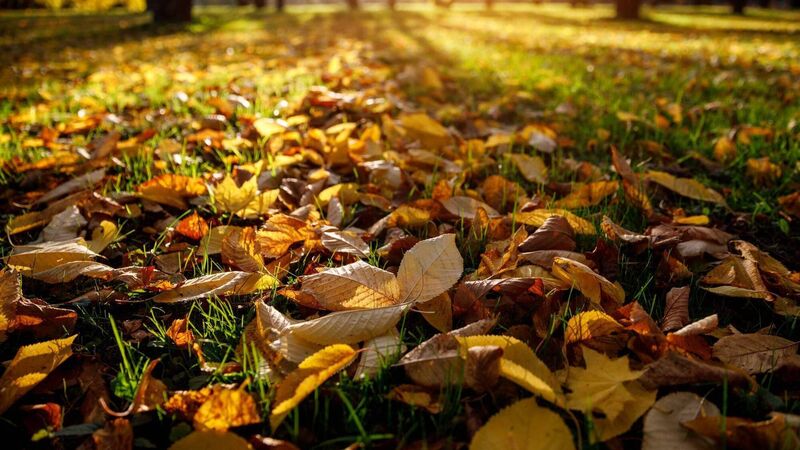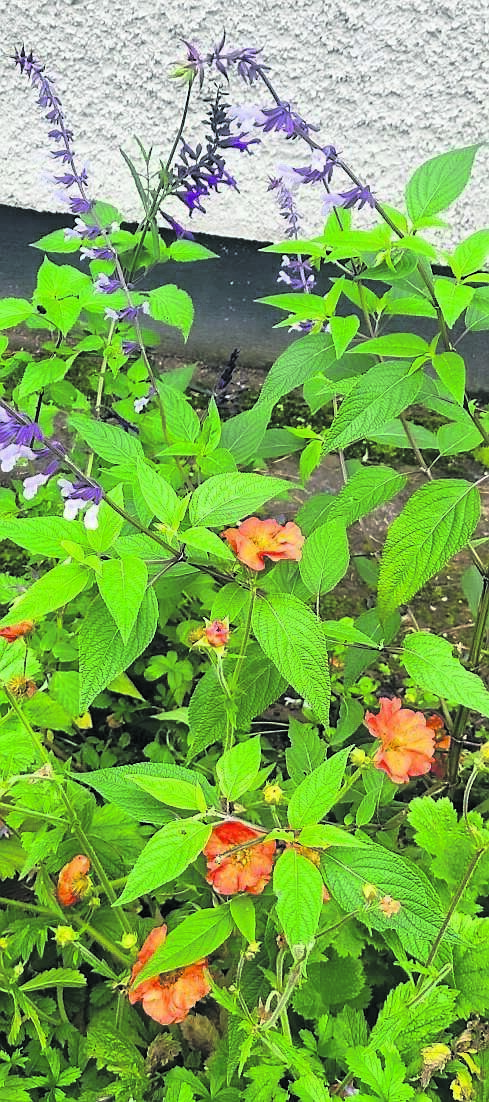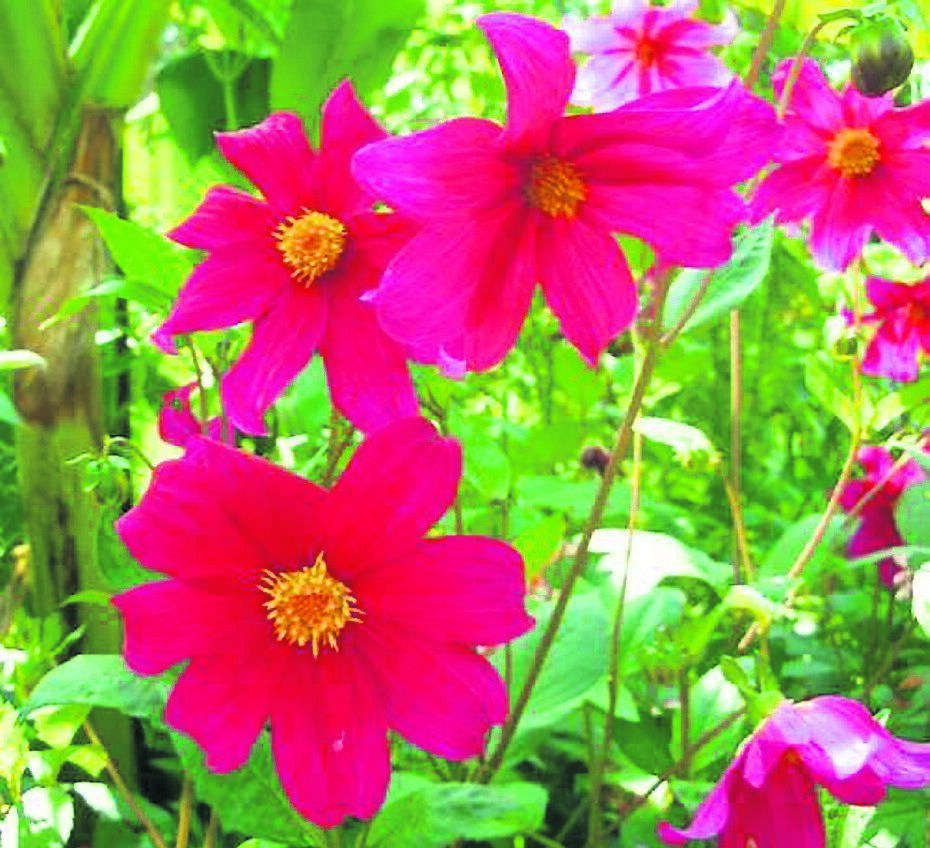In the Garden: How to make use of those falling leaves

Instead of looking at fallen leaves as a waste product, we should use it to create the greatest soil conditioner that we can add to our gardens. Picture: iStock
THE temperatures have returned to normal for this time of year over the last week, with colder days and nights signalling to plants that winter is on its way.
The deciduous leaves are starting to flutter to the ground at a pace now, and it is time to get the rake out and bag up those leaves for use in the garden when they rot down into friable, crumbly textured leaf mould. This process can take up to two years, particularly if the leaves are larger and thicker, like magnolias for example. Smaller, lighter leaves like Japanese maples will break down more quickly and if the leaves are chopped up with the lawnmower, this will hasten the break-down by increasing the surface area for microbes to work on, resulting in usable compost more quickly.
Fallen leaves can also be left in situ where they will gradually rot down. This is not very desirable on grass areas as they will kill the grass, but it is good under a hedge or in within beds or borders, where they will also suppress weed germination.
Indeed, the drop in temperature has signalled the changing seasons and bedding plants are looking ragged as their season ends and they need to be removed and returned to the compost heap.

Petunias, trailing lobelia and begonias are all looking tired as the growing season comes to a close. Bedding geraniums or pelargoniums could be brought indoors to protect from the frost, and may be usable again next year if potted and fed next spring.
It is also time now to consider lifting dahlias and bringing the tubers indoors for the colder winter months. Alternatively, if growing in a sheltered spot with free-draining soil, they can be left outside and mulched with a thick layer of bark mulch to protect against severe frost.
Saving seeds has been tricky over the last few weeks as damp weather makes good conditions for collection difficult.
Dry, sunny, breezy afternoons have been few and far between, but we will persist and hope for better weather over the next few weeks.
If seed is a bit damp on collection, bringing it inside, where there is some form of heating, can be beneficial for a few days to dry the seed out so that it does not go mouldy and rot.
If you are lucky enough to have underfloor heating, placing seed on the floor can be a great way of drying them out, as the constant steady low level heat will work wonders on damp seed, drying it out so it can then be stored in a fridge so that it will remain viable for longer.
The dried seed heads and flowers of teasel, alliums, honesty, straw flowers and statice can all be brought indoors in bunches and hung upside down to dry out now for use in flower arrangements this winter.
Some grasses also dry well, like miscanthus, panicum and pennisetum. It is worth experimenting with drying different plant material, some may dry out poorly and become fluffy and fall apart, and others may be more robust, but we do not know until we try.
In general, plant material will dry out best if it has already begun the drying out process while still attached to the growing plant, like hydrangea flower heads, which are a stalwart for winter flower arranging.
There is still plenty of colour on display, with some perennials that were cut back at the end of the summer giving a second flush of flower.

The earlier flowering perennials will respond well to cutting back after flowering and often give a less showy second flush of flowers.
Alstromeria, geums, and alchemilla are all producing late colour and, combined with salvias, symphyotrichum and dahlias, there is plenty still to admire before winter.
There was a time when we were all peppering to ‘put the garden to bed for the winter’, which would entail chopping everything down and adding to the compost heap before bulb planting, and mulching to make everything very neat and tidy before winter.
In more recent years, the retention of seed heads and stems, which make excellent insect hotels and hibernation spots for invertebrates, feels like it is the right thing to do.
Watching smaller birds feed on the seed and happening upon ladybirds among the stems of herbaceous perennials makes it worthwhile to leave the ‘mess’ over the winter months, waiting to tidy away dead plant material until the spring.
The dead plant material provides cover for insects and small mammals over winter, and in doing so we are working with nature to enhance habitat and ensure survival.
It is a different way of gardening that is not as neat, but ultimately leads to a more healthy and bio diverse garden.

Happy Autumn Gardening! Plant of the Week
Dahlia coccinea ‘Lady Mary Keen’ is a single flowering dahlia with deep pink/red colouring that is quite eye-catching in the garden in autumn.
It is named after renowned garden designer Mary Keen, who is a big fan of dahlias, particularly the single flowered ones, and late summer colour in the garden in general.
This dahlia gets to about 50cm tall with a similar spread. There is some variation in the flower colour with a yellow centre.
As with all dahlias, this plant will do best in free draining soil in full sun.
It’s best to dig up the tubers once the temperatures drop in autumn, dry them, and keep them indoors in a frost- free location for the winter months.







 App?
App?


